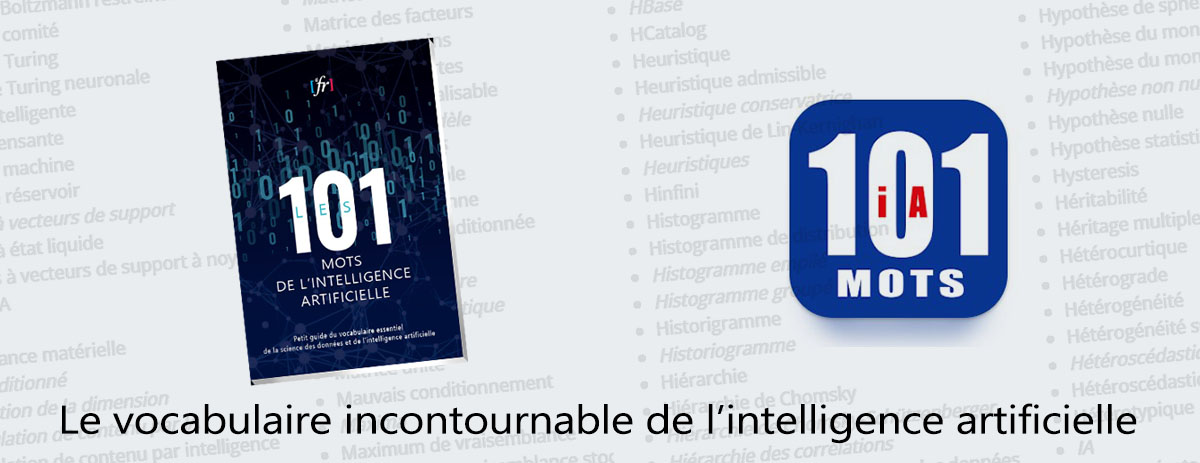« Diffusion latente » : différence entre les versions
(Page créée avec « ==en construction== == Définition == XXXXXXXXX == Français == ''' XXXXXXXXX ''' == Anglais == ''' Latent Diffusion''' By decomposing the image formation process int... ») |
Aucun résumé des modifications |
||
| Ligne 1 : | Ligne 1 : | ||
== Définition == | == Définition == | ||
Modèles qui offrent une approche prometteuse pour générer des images détaillées et réalistes à partir de descriptions textuelles. Ils fonctionnent en apprenant à faire correspondre l'espace latent d'un réseau générateur d'images à l'espace des descriptions textuelles, ce qui leur permet de générer des images très représentatives des données. | |||
== Français == | == Français == | ||
''' | ''' diffusion latente ''' | ||
''' diffusion stable ''' | |||
== Anglais == | == Anglais == | ||
''' | ''' latent diffusion''' | ||
''' stable diffusion ''' | |||
<small> | <small> | ||
[https:// | [https://theaisummer.com/diffusion-models/ Source : The AI Summer ] | ||
[https://www.analyticsvidhya.com/blog/2023/01/power-of-latent-diffusion-models-revolutionizing-image-creation/ Source : Analytics Vidhya ] | |||
[[Catégorie: | [[Catégorie:publication]] | ||
Version du 17 février 2023 à 08:02
Définition
Modèles qui offrent une approche prometteuse pour générer des images détaillées et réalistes à partir de descriptions textuelles. Ils fonctionnent en apprenant à faire correspondre l'espace latent d'un réseau générateur d'images à l'espace des descriptions textuelles, ce qui leur permet de générer des images très représentatives des données.
Français
diffusion latente
diffusion stable
Anglais
latent diffusion
stable diffusion

Contributeurs: Imane Meziani, wiki






